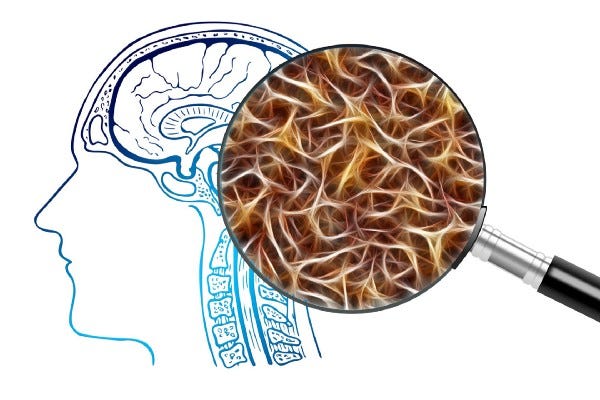Rapidly evolving medical technologies in the specialized field of neurotechnology are changing the way to diagnose and to treat the condition of epilepsy and seizure management. Last year, Neurotech Network provided a overview of the available neurotechnologies such as EEG, vagus nerve stimulation and responsive neural stimulation. You may find this overview titled “ Better tools and treatments emerging for Epilepsy” here.

We are providing an update of technologies that have been commercialized for access and emerging technologies to revolutionize treatments. Here is our annual highlight:
Electroencephalogram (EEG) is a long-standing technology in the field of epilepsy diagnosis. They are typically found in clinical or hospital settings but the latest technology has moved the EEG headset from the clinic to the home environment. Neuroelectrics offers their Enobio device as a portable and high-resolution EEG headset. Also in the category of EEG, Brain Scientific was the first company to offer a disposable EEG cap also to be used as a portable diagnostic tool in areas such as sports fields, nursing homes, and rural settings.
Brain analysis is not just in the form of external EEG caps. In the last year, we have seen an evolution of the cortical electrode. These are soft and flexible electrodes that are used intraoperatively to target areas of the brain for analysis or treatment. Emerging companies like INBRAIN, Neurosoft Bioelectronics, WISE, NeuroOne, and Neuraura are all competing in the area of brain-sensing and analysis.
On the topic of brain implants, a new venture, Cadence Neuroscience, is developing a generation of brain implants to manage seizures associated with epilepsy. In their research at the Mayo Clinic, their system includes a ‘trial’ period. Clinical study participants will endure an EEG monitoring phase for system optimization. If they choose to continue, then they can receive an implanted neurostimulator and electrodes for a targeted continuous electrical stimulation therapy.
In the arena of adaptive stimulation and brain implants, industry pioneer, Neuropace, recently announced a potential indication expansion of their RNS device for those living with drug-resistant idiopathic generalized epilepsy. The U.S. FDA recently approved the use of brain-responsive neuromodulation in a pivotal clinical trial, the NAUTILUS study, for the treatment of IGE. Enrollment is expected to begin in 2022.
There is also a growing segment of non-surgical modalities, Neuroelectrics has a non-invasive headset under investigation for the treatment of epilepsy. Their Starstim device offers transcranial electrical stimulation coupled with EEG for a targeted treatment approach. This is still in clinical trials but may be used for expanded use cases such as physical rehabilitation and addictive disorders rehabilitation.
Another external device is under investigation is vagus nerve stimulation. VNS has been approved for epilepsy for decades but as an implanted device. More recently, gammaCore, a non-invasive hand-held VNS device as received CE Mark approval in the European Union as adjunctive therapy for seizures. It is currently under investigation in the U.S. for the treatment of epilepsy.
Finally, a new wearable device may offer a promising new aspect toward seizure detection. A research team at the Mayo Clinic led by Dr. Mona Nasseri is developing a wrist-worn device used to forecast the onset of a seizure within minutes to hours prior to the occurrence. The investigational device uses EEG and recurrent neural network algorithms to provide a prediction tool for people living with epilepsy. The study results were recently published in the November 2021 issue of Scientific Reports.
To view more educational tools and the full database listing of neurotech for epilepsy and seizure, please visit our Neurotech Directory.

Hello! Ι simply want to give you a big thumbs up for your great info you
haѵe here on this ρoѕt. I am returning to your blog for more soon.